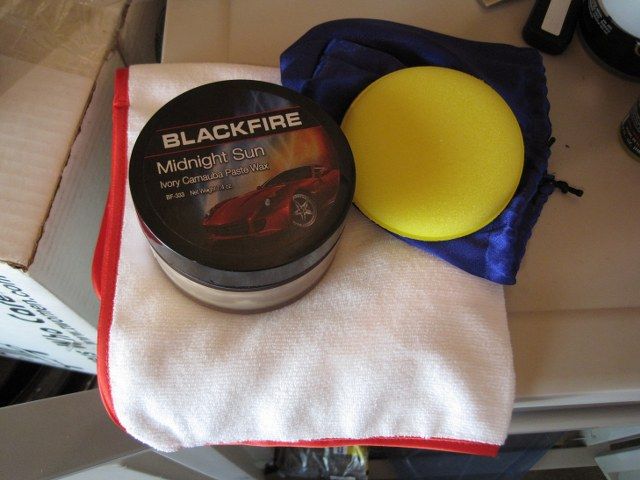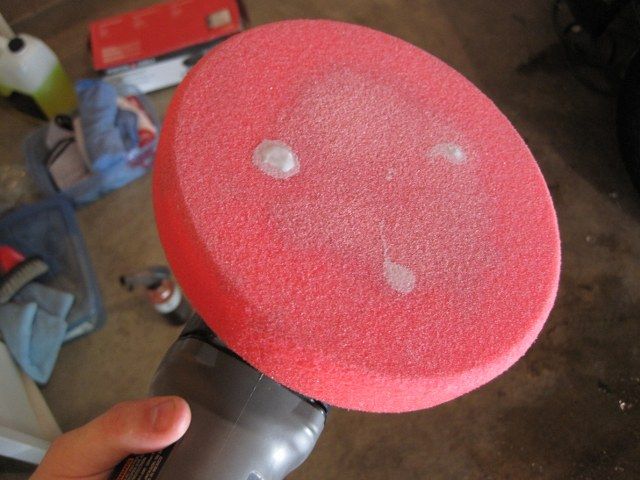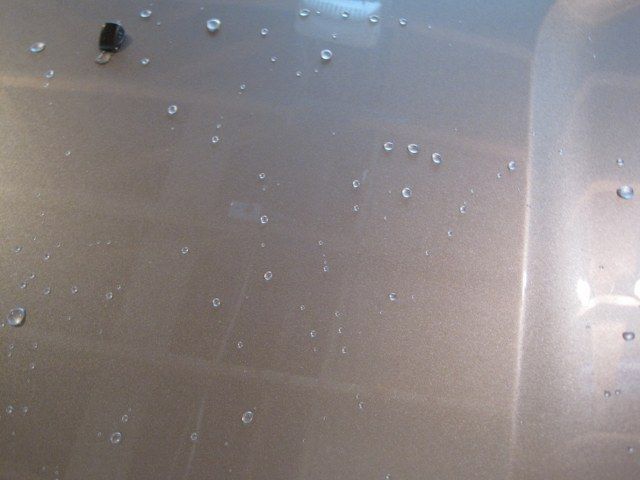Paint Protection (LSPs)
Now that you have your paint completely clean, immaculately polished and shiny, we should probably do something to help keep it that way, huh? Enter LSPs (last-step products). LSPs can be further divided into two categories- sealants and waxes (yes, there are coatings, too, but if you’re at that stage you shouldn’t be reading this article). Each has their own merits and drawbacks, but both serve the same purpose- to protect the paint from the elements. LSPs are NOT intended to add shine; that is not their primary objective.
When applying any LSP to bare paint, i.e. after polishing or claying,
it’s good practice to perform an IPA wipedown to ensure a clean surface. This involves taking diluted isopropyl alcohol and spritzing it on the paint, then wiping off with a microfiber towel. This will remove any polishing oils or left over waxes or sealants from the paint. Obviously, skip this step if you are just adding another layer of wax or sealant and want to keep what’s already there.
Waxes- Generally comprised of natural materials, commonly including carnauba, a wax can take the form of a paste, liquid, or spray. Waxes are generally noted for their slightly warmer look as compared to a sealant. The drawback is that they don’t last as long. You can generally expect anywhere from 1-3 months of protection from a wax, depending on the wax you use and the conditions to which your vehicle is subjected.
To apply a wax, paste or liquid, apply a small amount to a foam applicator pad. Apply a thin, even layer to the paint by hand, using a crosshatch pattern to ensure coverage. Waxes do not need to cure or haze, so you can immediately buff off each section after application (always check manufacturer directions to see if they recommend something different).
 Sealants-
Sealants- Sealants are the synthetic counterparts of wax. They tend to last much longer, at least six months generally, at the expense of not quite looking as warm. Sometimes sealants can give a slightly “plastic-y” look to the very discerning eye.
Application of sealants is quite a bit more varied depending on the particular sealant you’ve chosen. In general, you would apply a very thin layer of sealant to the car, preferably by machine for thin, uniform coverage, then wait 30 minutes or so for it to haze. After that, you are free to buff off the haze with a microfiber towel. Most sealants need to cure for at least 12 hours before anything else can be layered over top. This is very important for best results.
 Spray Waxes/Sealants-
Spray Waxes/Sealants- Nowadays, you can find some fantastic LSPs in spray form. These go on super quick and easy, but generally don’t last quite as long. The application is usually the same for most. Spritz a small amount on a section, spread with a microfiber towel, and buff off. Very simple, but check the directions of the product you’re using for variations.
Tips:
-
Don’t work in sun or on warm paint.
-
Sealants can be layered for additional durability. Generally two coats is optimal.
-There is no real benefit to layering a wax. The only possible benefit is that the second coat will cover any spots you missed the first time.
-You can layer waxes over sealants, but NOT sealants over waxes.
Recommended: sealant->sealant->wax
-When water is not beading tightly on the paint, it’s time for another LSP application. Anything more often than that is just throwing product away.
